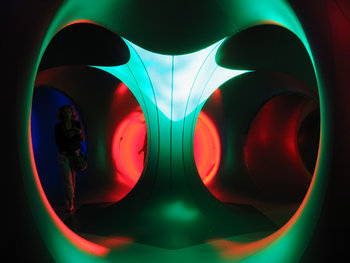Innovation Innovation Guides
Related Comparisons
| |
Inventive step and non-obviousness are criteria for determining whether an invention is unique enough to be patented. These terms capture the same idea and the difference between them comes down to the legal systems of nations. The term inventive step is predominantly used in Europe and non-obviousness is used in the United States.It is widely accepted that patents that are unimaginative, obvious and non-unique serve as a hindrance to economic progress by serving up legal barriers to economic activity without adding value. The patent systems of several nations have been criticized for accepting obvious ideas as inventions. In some cases, such patents are initially rejected but accepted after repeated applications.The inventive step and non-obviousness criteria can be difficult to evaluate because what's obvious now wasn't necessarily obvious at the time an invention occurs. |
| Inventive Step | Non-Obviousness | Definition | A criteria to assess the uniqueness of an invention primarily associated with European patent law. | A criteria to assess the uniqueness of an invention primarily associated with American patent law. |
Related Comparisons
If you enjoyed this page, please consider bookmarking Simplicable.
© 2010-2023 Simplicable. All Rights Reserved. Reproduction of materials found on this site, in any form, without explicit permission is prohibited.
View credits & copyrights or citation information for this page.
|






























